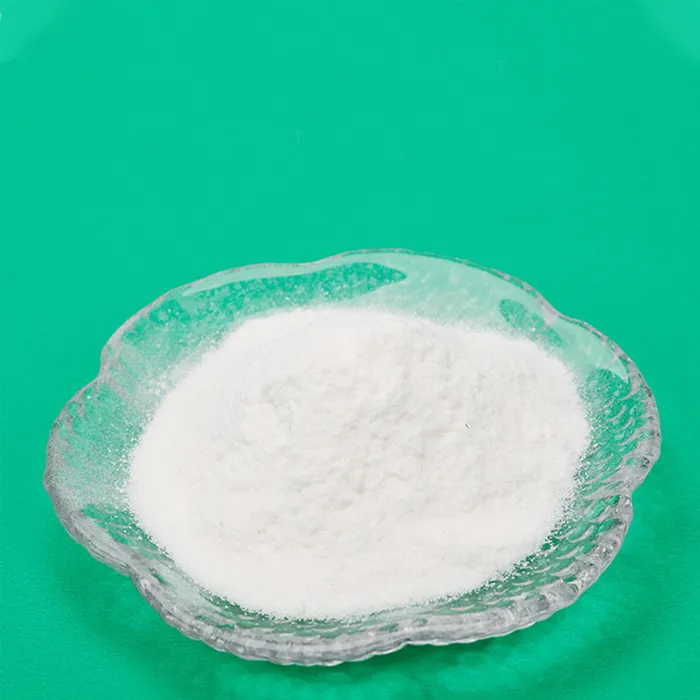Chemical Purification of Water An Essential Process
Water is one of the most vital resources on our planet, and ensuring its purity is crucial for human health, environmental sustainability, and economic development. As the demand for clean water rises, various methods, including the use of chemical treatments, play a significant role in water purification. This article explores the most common chemicals used for the purification of water, their mechanisms, and their importance in ensuring safe drinking water.
Common Chemicals Used in Water Purification
1. Chlorine One of the most widely used chemicals for disinfecting drinking water, chlorine effectively kills bacteria, viruses, and other pathogens. Chlorination typically occurs during the water treatment process, where chlorine gas or sodium hypochlorite is added to the water. While chlorine is effective in ensuring microbial safety, it can react with organic materials to form potentially harmful disinfection byproducts, such as trihalomethanes (THMs). Therefore, careful monitoring and control are necessary during chlorination.
2. Ozone Ozone, a powerful oxidizing agent, is another effective method for disinfecting water. It is generated by passing oxygen through high-voltage electrical fields, forming ozone (O3). Ozone not only kills bacteria and viruses but also helps in reducing organic and inorganic contaminants. Since ozone breaks down rapidly, it leaves no harmful residues, making it a preferred choice for many municipal water treatment systems.
3. Alum (Aluminum Sulfate) Alum is commonly used as a coagulant in water treatment processes. It assists in removing suspended particles from water by causing them to clump together and settle at the bottom. This process, known as sedimentation, helps eliminate turbidity and improves the overall clarity of water. Additionally, alum can help remove harmful pathogens as part of the coagulation process.
4. Activated Carbon While not a chemical in the traditional sense, activated carbon plays a crucial role in water purification. It is highly porous and has a large surface area that can adsorb various organic compounds, chlorine, and volatile organic pollutants (VOCs). Granular activated carbon (GAC) and powdered activated carbon (PAC) are commonly used in water treatment facilities to improve taste, odor, and overall water quality.
chemical used for purification of water

5. Sodium Hypochlorite Commonly known as bleach, sodium hypochlorite is another effective disinfectant used in water purification. It releases chlorine when dissolved in water and is commonly utilized in household and municipal settings alike. Sodium hypochlorite is particularly useful in treating water during emergencies or in situations where traditional chlorination may not be feasible.
The Importance of Chemical Water Purification
The importance of chemical methods in water purification cannot be overstated. As populations grow and industrial activities increase, the risk of contamination in water sources rises. Chemicals like chlorine, ozone, and alum not only ensure the removal of harmful organisms but also reduce the levels of pollutants and sediments that can compromise water quality.
Moreover, as regulations surrounding drinking water quality become more stringent, the role of chemical treatment processes is becoming increasingly critical. Technologies that incorporate advanced oxidation processes or hybrid systems combining multiple treatment methods are gradually being adopted to enhance purification efficacy.
Conclusion
In summary, the use of chemicals in water purification is an essential aspect of modern water treatment practices. As we strive to ensure access to clean and safe water globally, it is imperative to understand the tools at our disposal. With ongoing advancements in treatment technologies and a growing emphasis on sustainability, the innovative application of chemical purification methods will continue to play a vital role in addressing the world’s water challenges. Ensuring access to clean water not only protects public health but also fosters economic and environmental resilience.

